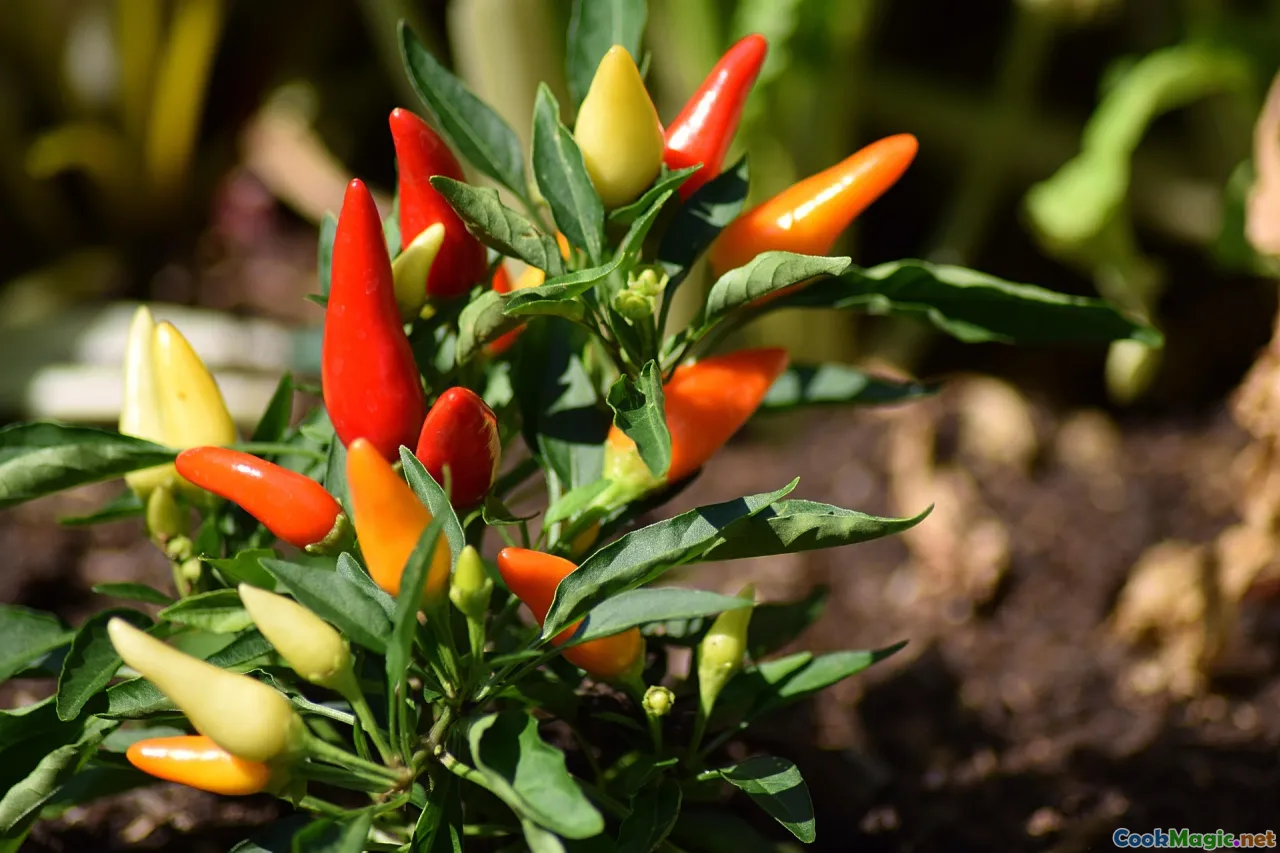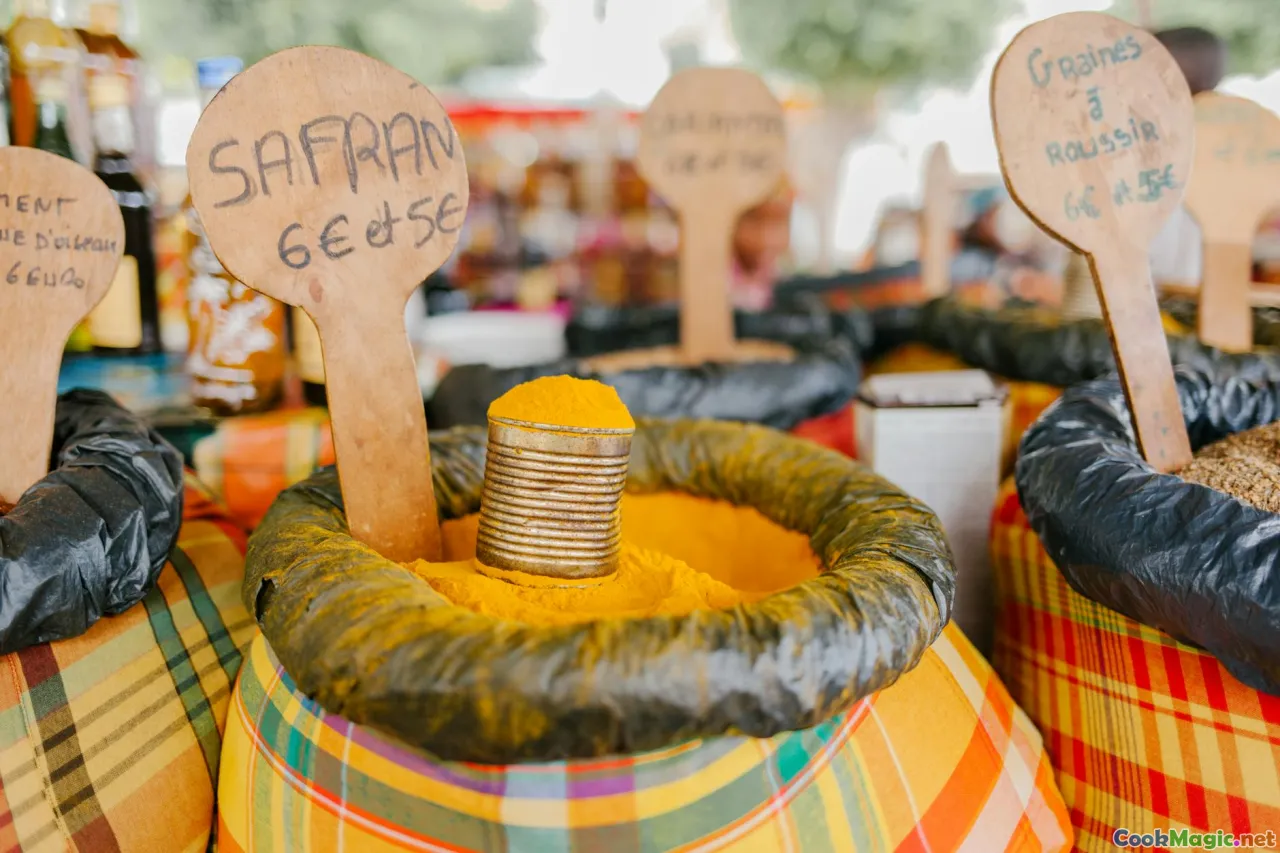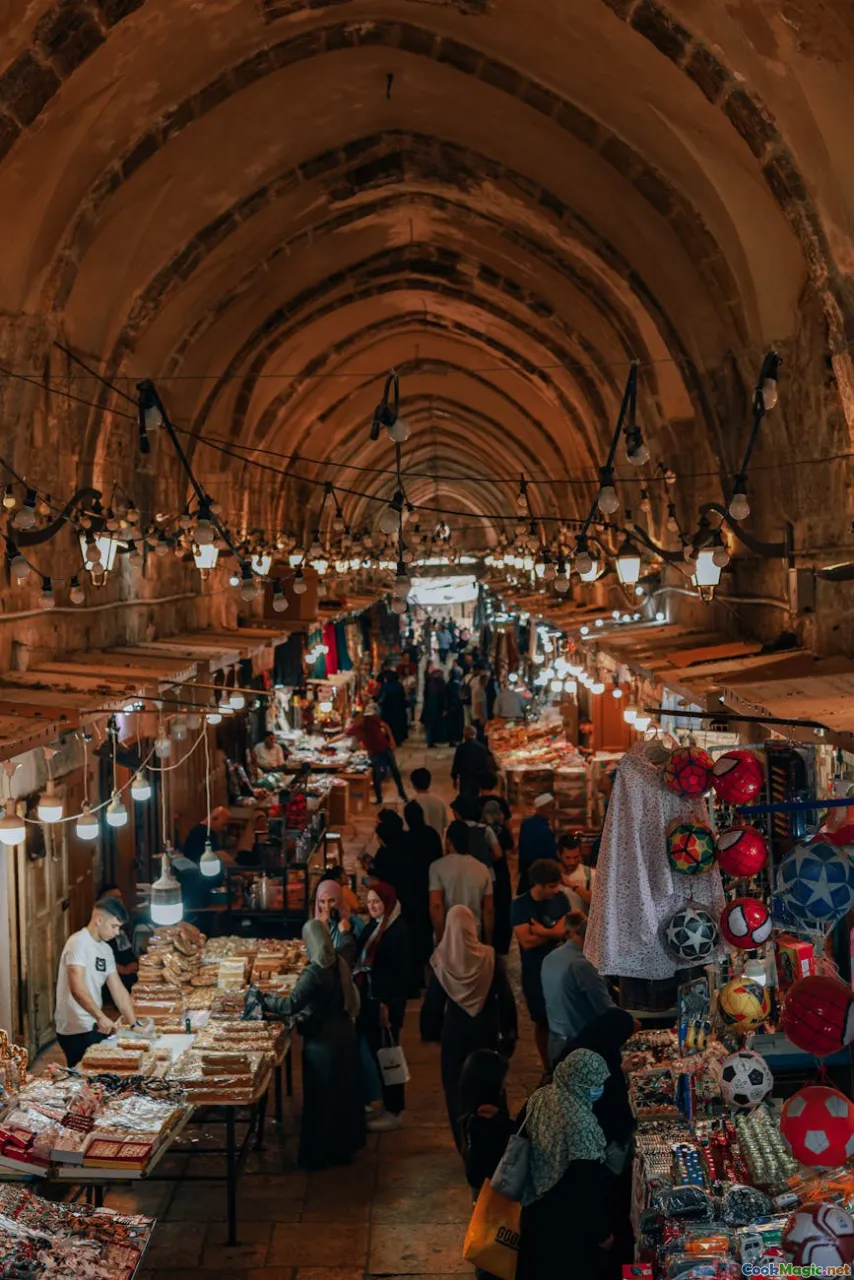Exploring Traditional Indonesian Spices
11 min read Discover the rich flavors and cultural significance of Indonesia's traditional spices in this flavorful exploration. June 25, 2025 03:05
Exploring Traditional Indonesian Spices
Indonesia’s culinary landscape is as vibrant and diverse as its sprawling archipelago. Beyond the colorful plates and fragrant stews lies a treasure trove of spices that have shaped its history, culture, and identity. These spices don't just add flavor—they tell stories of ancient trade routes, mystical rituals, and everyday joys that define Indonesian life.
As a culinary enthusiast, stepping into the world of Indonesian spices offers a sensory journey that awakens the palate and the soul. From the fiery notes of bird’s eye chili to the complex warmth of clove, each spice carries a piece of Indonesia’s soul, woven into its rich tapestry of dishes. Join me as we explore the heart of Indonesian spices, their origins, their uses, and the timeless magic they bring to every bite.
The Heart of Indonesian Spices: An Overview

Indonesia is blessed with an abundance of native spices, many of which have traveled across centuries and continents to become intrinsic to local cuisine. The archipelago’s strategic position along ancient trade routes meant that through centuries, Indonesia became a melting pot where indigenous herbs mingled with foreign imports like cinnamon from Sri Lanka, cloves from the Maluku Islands, and pepper from India.
Some spices are uniquely Indonesian, deeply rooted in the cultural and spiritual practices. For example, turmeric (Kunyit) is used not just for its flavor but also for its spiritual significance, believed to ward off negative energy, while galangal (laos) contributes both to traditional medicine and culinary flavor.
Understanding these spices helps us grasp the richness—not just gastronomically but historically—that Indonesia offers.
Signature Spices and Their Unique Profiles

1. Cloves (Cengkeh)
Cloves are perhaps Indonesia’s most famous export spice. Native to the Maluku Islands, these aromatic flower buds pack a potent punch—spicy, sweet, and intensely fragrant. They are often used in traditional stews like Rendang and in spice blends like Kubu-Kubu—a fragrant mixture integral to many Indonesian desserts.
Cloves offer more than their scent; they evoke memories of centuries-old spice markets, where vendors’ stalls burst with color and aroma, reminding me of my first visit to Banda Neira, where the air was thick with the smell of fresh cloves drying in the sun.
2. Turmeric (Kunyit)
Bright yellow and earthy, turmeric is a cornerstone of Indonesian cuisine and culture. Its warm, slightly bitter flavor lends depth to dishes like Gulai (coconut milk curries) and Satay. Turmeric also leaves a signature streak of yellow on the hands of cooks—a sign of authenticity.
Historically, turmeric wasn’t just used for cooking; it was valued for its medicinal properties, believed to promote vitality and heal wounds. In Bali, turmeric is intertwined with spiritual rituals, believed to radiate positive energy.
3. Lemongrass (Serai)
Lemongrass imparts a bright citrus aroma that cuts through rich coconut milk or spicy broths. Its fresh, grassy flavor lifts dishes like Bakso (meatball soup) and Soto Ayam (chicken soup), imbuing them with a refreshing zest.
Personally, I love rubbing a stalk of fresh lemongrass between my fingers—the burst of aroma instantly transports me to a Balinese warung (café) bustling with the day's flavors.
4. Galangal (Laos)
Resembling ginger but with a sharper, more citrusy flavor, galangal adds a punch to many traditional Indonesian dishes. It’s essential in Rendang and Soto Betawi. The texture is firm, and the flavor profile is pungent and invigorating.
Galangal’s importance is also cultural: it’s believed to have protective qualities, and in traditional beliefs, it keeps evil spirits away from the household.
5. Bird’s Eye Chili (Cabai Rawit)
This small but fiery chili is Indonesia’s heartbeat of heat. Used generously in sambals, stir-fries, and pickle relishes, bird’s eye chili adds an electric piquancy.
The first time I encountered it—dipped into a mountain of sambal—I was overwhelmed by its intensity, but it’s precisely this fiery kick that awakens the palate and enlivens every dish.
How Traditional Spices Shape Indonesian Dishes

Rendang: The Spice Symphony
Rendang, the celebrated slow-cooked beef dish from West Sumatra, epitomizes the power of Indonesian spices. The rich, tender meat is simmered in a mixture of lemongrass, galangal, turmeric, cloves, cinnamon, and chili—all blended into a thick, aromatic sauce. The secret to its legendary complexity lies in the skillful layering of spices, each contributing to the dish’s earthy, spicy depth.
The long cooking process—sometimes lasting several hours—allows these flavors to meld into a symphony that’s both fiery and fragrant, a testament to Indonesian mastery of spice blending.
Sambal: Fiery Condiment
No exploration of Indonesian spices is complete without mentioning sambal—a vibrant, fiery chili paste that embodies the nation’s love for heat. Variations range from simple purees of bird’s eye chilies, garlic, and lime to complex mixes incorporating shrimp paste (terasi), sugar, and a dash of vinegar.
Sambal has a cultural role as well—served with almost every meal, it’s a symbol of hospitality and warmth. Its intensity varies regionally—from the sweet, mild sambal in Central Java to the legendary sambal belacan in Sumatra.
Satay: Spiced Skewers
Marinated with turmeric, coriander, lemongrass, and galangal, satay skewers showcase how Indonesian spices can turn simple meats into bites bursting with aroma and flavor. Grilled over charcoal, the spices caramelize, creating a smoky, spicy crunch.
From Java’s famous Satay Ayam to the spicy Kambing Satays of Lombok, each version tells a story of local spice profiles and culinary traditions.
The Cultural and Historical Significance of Spices

Spices in Indonesia are more than flavor—they’re vessels of history, identity, and spirituality. The spice trade routes, notably the Silk Road and Spice Road, once connected Indonesia to the world, turning it into a sought-after hub.
Colonial influences introduced new spices and culinary techniques, yet Indonesians preserved their deep-rooted spice practices, often blending foreign and indigenous ingredients seamlessly.
Spices like nutmeg and mace, once worth their weight in gold, were central to political conflicts and explorations, shaping Indonesia’s history as much as its cuisine.
Personal insight: Walking through the spice markets of Bandung or Makassar—laden with baskets of crushed, bundled, and dried spices—you can nearly hear the echoes of centuries past, whispering stories in the aroma.
Tips for Appreciating Indonesian Spices at Home
- Start with quality: Freshness is key. Use whole spices and grind them just before cooking.
- Balance is everything: Indonesian cuisine emphasizes harmonious spice blending—think in terms of layers, not overpowering one flavor.
- Experiment with traditional recipes: Try making your own Rendang or Sambal to experience firsthand the depth of flavors.
- Embrace heat: Indonesian chili-based dishes can be fiery, but they also lend a nuanced warmth. Adjust to your preference.
- Use fresh herbs: Lemongrass, kaffir lime leaves, and turmeric—use these fresh or dried to add authentic aroma.
A Personal Reflection: My Indonesian Spice Journey
Exploring Indonesia’s spices is like embarking on a sensory pilgrimage. Each aroma, each flavor evokes a memory—of a bustling market in Jakarta, the smoky perfection of grilled satayby a street vendor in Yogyakarta, or the calming aroma of turmeric simmering in a family kitchen in Bali.
Cooking with Indonesian spices is an act of love—a way of connecting with centuries-old traditions and sharing that rich heritage around the table. It’s a reminder that flavor is a language and spices are its words.
In unraveling the secrets of Indonesian spices, I uncovered not just culinary techniques but a nation’s history, soul, and heart—delivered one fragrant, fiery, vibrant bite at a time.
Sampai jumpa lagi—or until our next journey—may your kitchen always be filled with the aroma of Indonesia’s enchanting spices.









